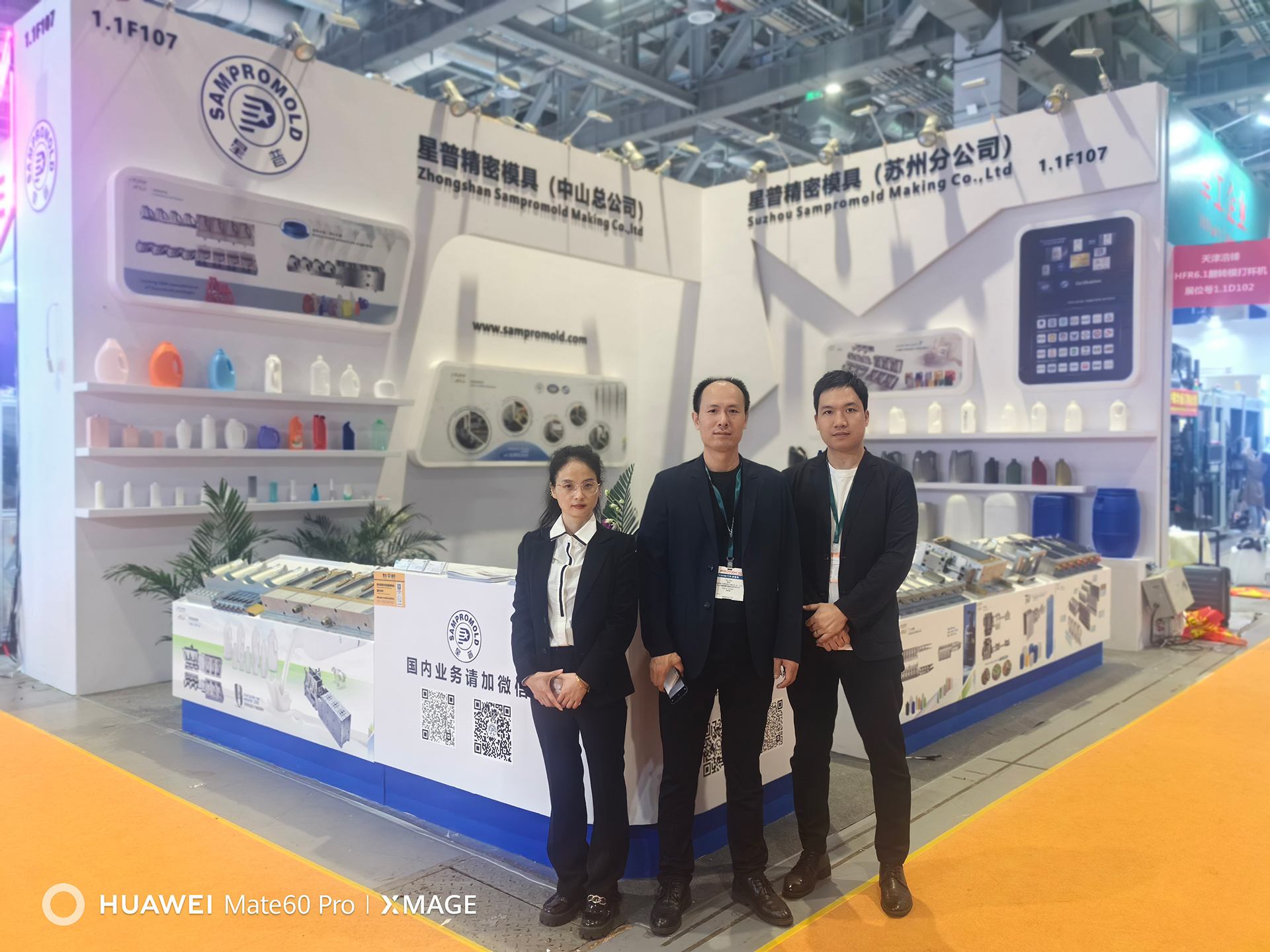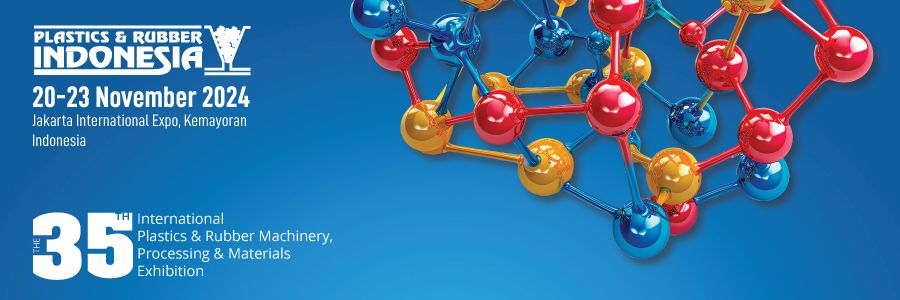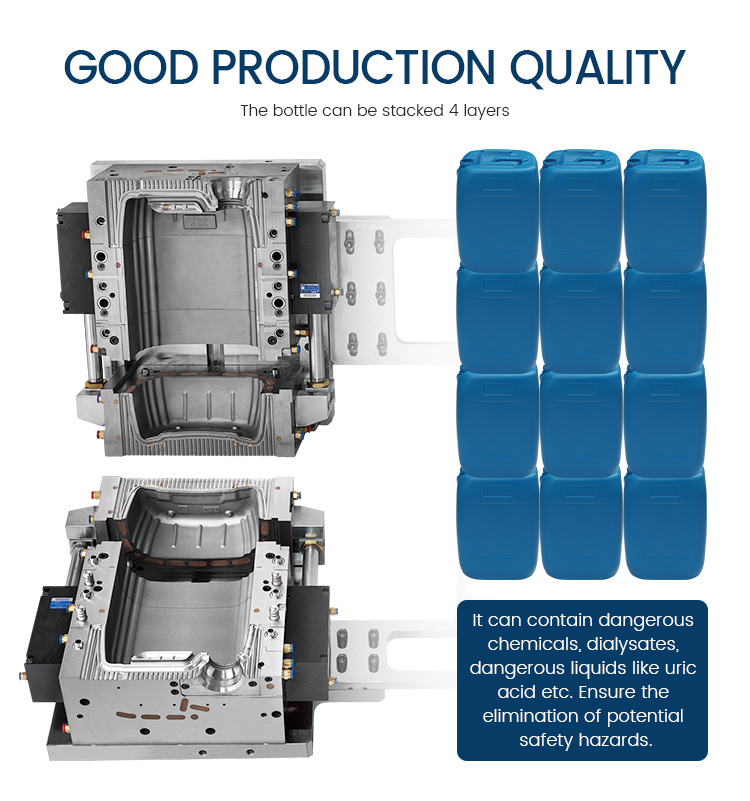Understanding Quality in Overmold Injection Molding: A Comprehensive Guide
Time:
2025-05-10
When it comes to manufacturing processes, particularly in the realm of overmold injection molding, understanding the concept of quality is crucial. Overmold injection molding is a technique that involves molding a second material over an existing molded part, often to enhance its functionality, aesthetics, or performance. The term "quality overmold injection mold" refers to ensuring that every aspect of the molding process meets stringent quality standards, which greatly influences the end product.
One of the primary benefits of prioritizing quality in overmold injection molding is the improvement of product durability. High-quality molds ensure that the materials used can withstand wear and tear, reducing the likelihood of product failure in the field. This is especially important in industries where components are subjected to harsh conditions, such as automotive or aerospace applications. Quality molds also lead to a more consistent product, which is vital for businesses that require uniformity in their manufacturing processes.
Additionally, investing in quality overmold injection molds can significantly reduce production costs over time. While the initial investment may be higher, high-quality molds tend to have a longer lifespan and require fewer repairs. This results in less downtime and a more efficient manufacturing process. Furthermore, when products are reliable and consistent, companies can reduce their costs associated with returns, replacements, and customer dissatisfaction.
Another aspect to consider is the design flexibility that quality overmold injection molds can offer. With advanced technology and manufacturing processes, quality molds can accommodate complex designs and a variety of materials. This allows manufacturers to innovate and create products that meet specific customer needs, ultimately providing a competitive edge in the market.
Moreover, the quality of the overmolded parts can enhance adhesion between different materials. A well-designed mold ensures that the overmold material bonds effectively with the substrate, preventing delamination and improving overall product performance. This is particularly vital in applications where the functionality relies on the integrity of the bond between materials.
In conclusion, understanding and prioritizing quality in overmold injection molding is essential for manufacturers looking to enhance product durability, reduce production costs, and innovate in their product offerings. By investing in quality overmold injection molds, businesses can achieve a higher standard in their manufacturing processes, leading to better products and increased customer satisfaction. As industries continue to evolve, the emphasis on quality will remain a critical factor in maintaining competitiveness and success in the marketplace.
One of the primary benefits of prioritizing quality in overmold injection molding is the improvement of product durability. High-quality molds ensure that the materials used can withstand wear and tear, reducing the likelihood of product failure in the field. This is especially important in industries where components are subjected to harsh conditions, such as automotive or aerospace applications. Quality molds also lead to a more consistent product, which is vital for businesses that require uniformity in their manufacturing processes.
Additionally, investing in quality overmold injection molds can significantly reduce production costs over time. While the initial investment may be higher, high-quality molds tend to have a longer lifespan and require fewer repairs. This results in less downtime and a more efficient manufacturing process. Furthermore, when products are reliable and consistent, companies can reduce their costs associated with returns, replacements, and customer dissatisfaction.
Another aspect to consider is the design flexibility that quality overmold injection molds can offer. With advanced technology and manufacturing processes, quality molds can accommodate complex designs and a variety of materials. This allows manufacturers to innovate and create products that meet specific customer needs, ultimately providing a competitive edge in the market.
Moreover, the quality of the overmolded parts can enhance adhesion between different materials. A well-designed mold ensures that the overmold material bonds effectively with the substrate, preventing delamination and improving overall product performance. This is particularly vital in applications where the functionality relies on the integrity of the bond between materials.
In conclusion, understanding and prioritizing quality in overmold injection molding is essential for manufacturers looking to enhance product durability, reduce production costs, and innovate in their product offerings. By investing in quality overmold injection molds, businesses can achieve a higher standard in their manufacturing processes, leading to better products and increased customer satisfaction. As industries continue to evolve, the emphasis on quality will remain a critical factor in maintaining competitiveness and success in the marketplace.
RELATED NEWS













